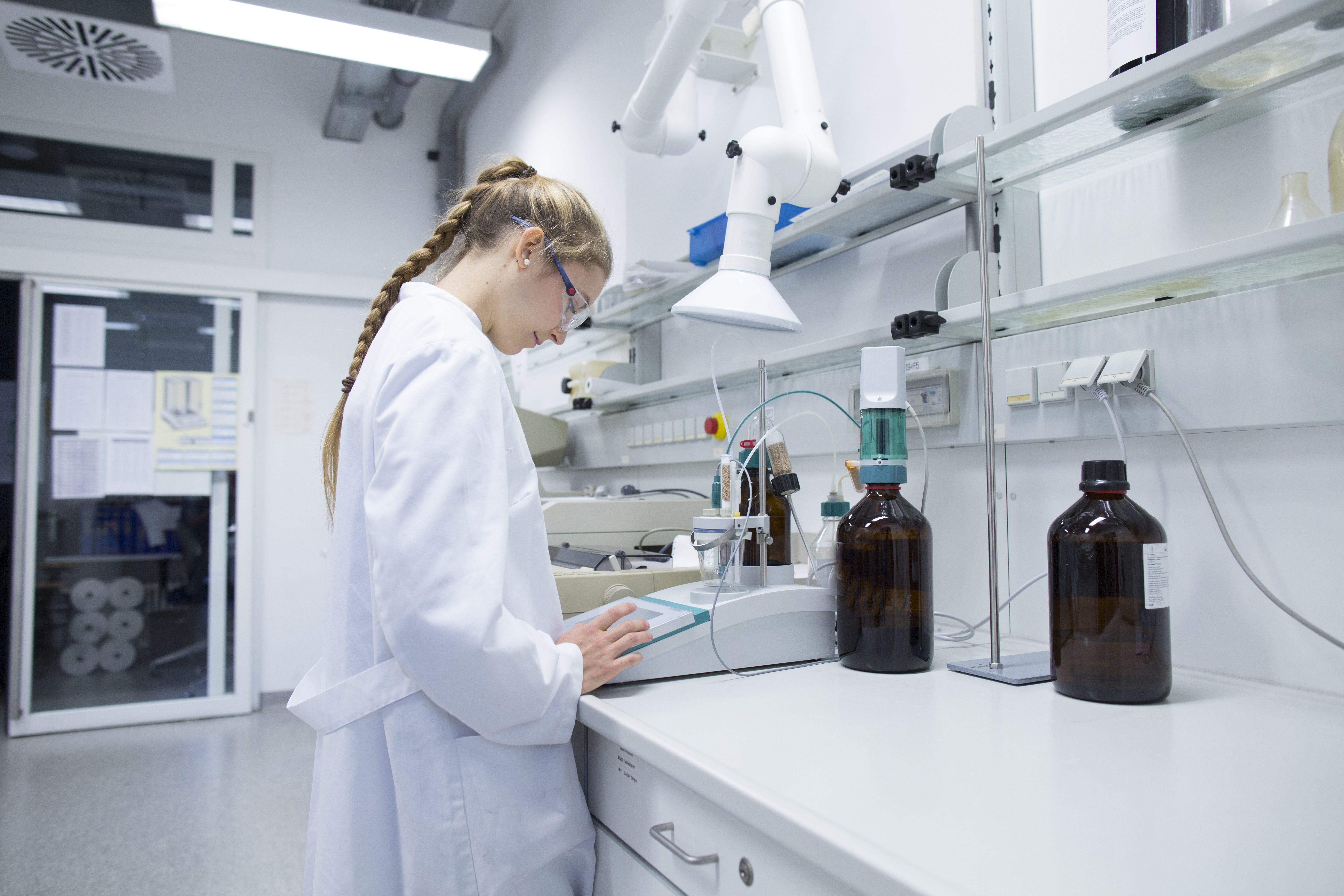How Innovative Power Monitoring Is Driving Pharmaceutical Manufacturing Efficiencies
Credit to Author: Maria Serrano Basterra| Date: Tue, 29 Oct 2019 12:00:53 +0000
Pharmaceutical firms are challenged with the need to maintain safe environmental conditions while also reducing energy use and costs for running the facility. The regulatory bodies, and associated organizations around the globe, demand for more and more stringent standards. The key requirement is to have complete record of all data for the environmental conditions, processes followed, and parameters for the drug development and production. This data is essential for pharmaceutical firms to to demonstrate product quality and that a suitable manufacturing environment has been maintained.
Therefore, data integrity and security are key component for managing compliance. Failure to comply with regulatory requirement for quality in pharmaceuticals can be devastating. Non-compliance can lead to financial fines and penalties in $100M’s, seizure and product recall, and even shutdown of the production facility.

In operations, power availability is a recognized risk to product quality. Disturbance in power quality can have significant economic impact. Slight variation in power supply can alter the environmental conditions and the chemical processes, leading to lost product or batches, losses for which could be typically $100k’s. If sterility is lost, losses can run into $millions. If there is product shortage there could be business and reputational loss in the market. Also, prolonged or frequent power variability can cause equipment malfunction or damage as some equipment can be sensitive to disturbances in the power supply leading to overheating and accelerated wear and tear. Poor power quality can cause 30%-40% unexpected business downtime and 4% of the annual turnover. Quality problems can cause a long-term impact to the company’s brand value and trust in the market.
On the energy side, the pharmaceutical industry consumes billions of dollars in energy on an annual basis. Energy efficiency improvement is an important way to reduce costs and to increase predictable earnings, especially in times of high-energy price volatility.
In order to address these dual challenges, one leading European pharmaceutical firm, whose medications are used by millions of patients across more than 100 countries, decided to modernize its methods for managing energy. The firm had experienced power quality issues for many years and now they were faced with the challenge of reporting separate energy consumption for each of the 65 buildings on their campus sites.
Data gathering and consolidation leads to new energy and process insights
In order to address these issues, the company decided to turn to a vendor that was familiar with their installation: Schneider Electric. After performing an initial power audit, the solution proposed to modernize energy systems included:
- Upgrading metering capabilities: modern meters facilitate remote automatic data collection. By gathering more accurate and relevant data from the more intelligent new meters, the company was able to lay the foundation for an effective energy management plan.
- In addition, a recommendation was made to consolidate energy data from the five IT systems that made up their Building Management System (BMS) network into one single platform called EcoStruxure
 Building Operation. Using their existing site networks and wireless technologies, the process of gathering energy consumption, load demand, and power quality data—all of which impact energy cost, was simplified. And it also allowed sharing the information with users via dedicated PCs and web-based tools.
Building Operation. Using their existing site networks and wireless technologies, the process of gathering energy consumption, load demand, and power quality data—all of which impact energy cost, was simplified. And it also allowed sharing the information with users via dedicated PCs and web-based tools.
Initially, technicians performed an inventory of all meters and connected approximately 250 existing meters to the centralized EcoStruxure Building Operation platform. In next steps of the project, obsolete meters were replaced by PowerLogic meters, connected to EcoStruxure Power Monitoring Expert software to also enable real-time tracking, ensure network reliability, respond to alarms quickly and restore operations.
Benefits include higher visibility to data and tangible cost control
By digitizing its approach to energy management, the European pharmaceutical firm has benefited in the following ways:
- Automated reports that comply with energy regulations – Through enhanced energy reporting and dashboarding, the firm now produces much more detailed energy reports across its entire range of manufacturing processes.
- A simplified system for energy management of buildings – Energy data can now be easily gathered, centralized, monitored and analyzed so that efficiencies are optimized across building sites, resulting in reduced energy expenditures.
- Increased control and visibility over power quality issues – The system issues alarms when energy consumption thresholds are breached and when power quality issues are identified, thereby pinpointing additional energy cost saving opportunities and minimizing power quality-related instances of downtime.
Energy management is not an easy process and requires time and effort. But experience has shown that a modernized energy efficiency approach pays off in reduced energy cost, minimized energy waste, improved efficiency, and long-term sustainability. The European pharmaceutical firm that implemented this energy management transformation cites a savings in administrative-related energy and compliance work of 72 working days annually. This is time that operators now use to focus on the business of producing world-class, safe and effective medications.
For more examples of how power monitoring helps pharmaceutical manufacturers, visit this previous post.
Or visit EcoStruxure for Life Sciences to learn more about how Schneider Electric is helping the industry in charge of feeding the world.
for Life Sciences to learn more about how Schneider Electric is helping the industry in charge of feeding the world.
The post How Innovative Power Monitoring Is Driving Pharmaceutical Manufacturing Efficiencies appeared first on Schneider Electric Blog.